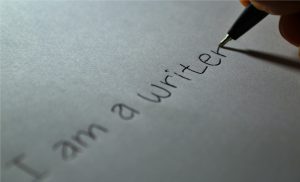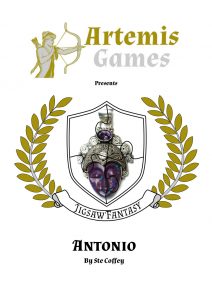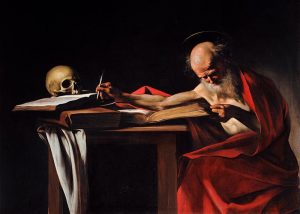
Neither of us are even close to that neat…
Amy – by Amy
For me it usually starts with me watching, reading or dreaming about something and thinking “That’s interesting, but how does it work” or “Could it be done another way” or “I want to know more, but there’s no answers around”…
- Then I usually write a small bit of it – an introduction or some bullet points on the bits of the piece that make immediate sense.
- And I ask myself some questions – like why and how it exists, and what it smells and sounds like.
- For instance with The Floating city, I had always liked the idea of a moving ocean city in fantasy with the city on the back of dragon turtles, and also the floating cities in the real world in vietnam and south america, but I didn’t want to simply copy either, I wanted to combine aspects of both – and then I saw a show call “The Future is Wild” and it had giant jellyfish and I realised that they could work as the base of a floating city. But once it came to writing it I had to work out how that would work in fantasy world, i.e. why would the jellyfish allow people to build upon them, and never dive beneath the waves.
- So I make a template asking these questions within the piece, both for Jigsaw Fantasy and for the Monstrous Monday Blogs.
- Questions often delve into things that are commonly ignored in fiction – for instance “Where do Kraken nest?”.
- I also try to give background to a few things that most people might see as just a monster or just someone they met on the road – a bit of back story and place they come from – whether that be the origin of a species, or a young royal elf would be traveling with children he’s not related to.
- When I know what I want to write to about but am stuck on how or what to say, there a few different things I do to help with this like
- I go on a run, and think about it as I do so.
- Read or watch some more information about it.
- I talk it over with Ste
- I dream walk, which is a bit like lucid dreaming, but rather than taking full control I just pick a point from which to allow my thoughts to spread – I do this either while in a half-asleep state, or while meditating.
- My pieces are always finished off with a pass by Ste, doing a deep-dive of copy-editing that often involves filling out some areas where I’ve forgotten to put down things that I know about the piece – simply due to the fact that, with my dyslexia, I don’t always put things in writing.
Ste – by Ste
My pieces begin with a “High Concept” some major element of worldbuilding (or, in the case of People with Two Sides character building) that I feel a drive to explore – whether that be “the greatest possible city”, “a glacial disaster”, “nature on steroids” or “why do Devils really want souls”
- I then break it down into subsections, writing a brief synopsis of each subsection at the start (this is generally cut from the final piece). Each of these subsections is something I expect to be roughly the same length – if they prove not to be I’ll subdivide further.
- My subsections often share a structure, at least at first – for instance geographic ones will each have the same number of major elements from their region explored in depth, while each character will explore a set number of sensations and of behaviours.
- I ask Amy what she thinks of my subsections and she’ll ask those questions that she alway asks herself 1)She does this with every piece she reads, but with those by Ali and Loz it’s often late enough in the process that there’s no longer space to devote to longer answers to those questions, and they end up in the Jigsaw Links as more open questions.
- After the edits Amy prompts, the strictness of my writing structure is almost always broken, but that’s not a problem as the structure was there as *scaffolding* to help me write clearly.
Together at the End – By both of us
We always finish off our pieces together, chucking problems and ideas back and forth as they come up.
- Sometimes art will change how we see something – “Why is a male elf wearing what looks a wedding dress?”
- Occasionally Jigsawing makes significant changes – something that was specified one way actually makes sense multiple different ways.
- Every now and then we have to cut something for space, due to over-writing – it is in these cases that we’re most likely to look at whether the patrons want a semi-sequel piece.
References
| 1. | ↑ | She does this with every piece she reads, but with those by Ali and Loz it’s often late enough in the process that there’s no longer space to devote to longer answers to those questions, and they end up in the Jigsaw Links as more open questions. |


